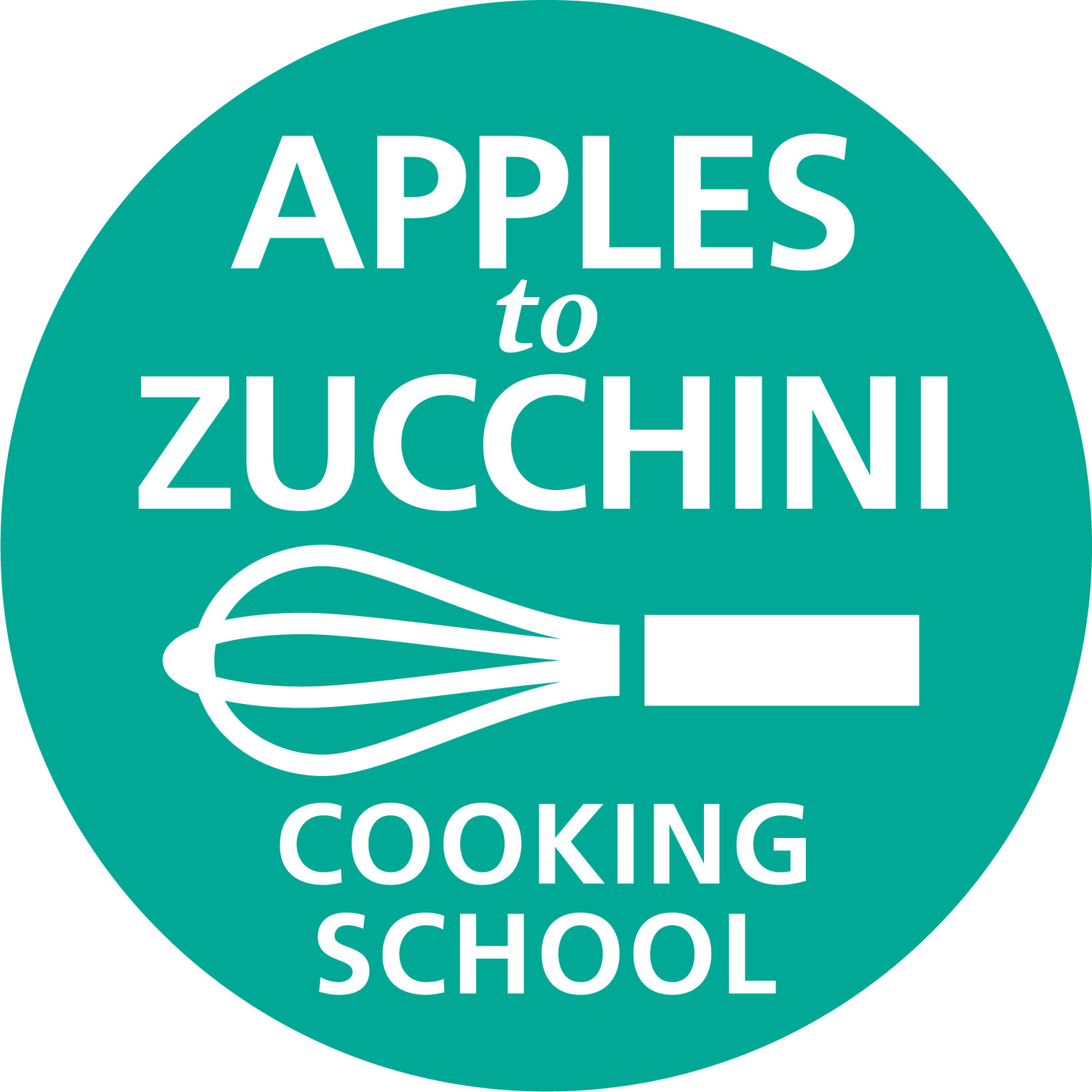What Should We Do About Single-Use Plastic?
In last week's classes, we made a delicious, farm-fresh salsa to go with our handmade tortillas and signature guacamole. There was plenty of salsa to go home with everyone. We love to send home samples. Our students can share the fruits of their labor with family members, and we model the behavior of saving and eating leftovers.
Several of our students declined to take home the salsa because the containers we use are small plastic cups with lids -- the same little cups that come with your to-go salad dressing. So we decided to do some research and see if there was a better solution.
At Apples to Zucchini Cooking School, we are mindful of our planet, its limitations, and our impact upon it. We talked to our friends at the Community Environmental Council to get some guidance. They explained that compostable packaging is not the green revolution that we would like to believe it is. For a deep dive, please check out this article. For the Cliff's notes, read on...
Restaurants, delis, coffee shops, and grocery stores are using more disposable materials than ever before -- we are actually creating more trash, not less. We have seen a rise in "consumers' addition to single-use times."
People feel good about using compostable to-go containers, but "we're really not changing their behavior patterns."
"Biodegradable" is a misnomer. It will not break down in a backyard compost bin. It must be processed in an industrial facility -- and only a tiny fraction of American facilities have the ability to accept bio-plastic.
There are several flaws in the current system:
Contamination -- Many "traditional" plastics get thrown into the compost cans. The waste processing companies use tremendous amounts of water, energy and other resources to sort the "good" from the "bad."
Not Organic -- compost that contains compostable plates, cups, cutlery and plastic bags is considered synthetic material and cannot be used in organic farming.
Toxic -- "Some compostable packaging designed to hold up to wet or greasy food contains highly toxic 'forever chemicals' called PFAs which can transfer into finished compost."
Food Waste -- We generally think of food waste when we think about composting. "In food courts, baseball stadiums, and fast food restaurants, composting bins tend to overflow with plates and tableware" -- people eat most of the food they buy in these establishments. Most food waste is at home, or in commercial kitchens.
Is it all doom and gloom? Not entirely. There are solutions, and as mentioned above, they involve changing people's behavior. Rather than focusing on Recycling, figure out ways to Reduce, Reuse and Refill.
Reuse -- Companies are developing durable, reusable containers and partnering with restaurants to collect the containers, sterilize and reuse them. See GO Box, Green GrubBox, and Rogue to Go.
Refill -- More and more coffee houses are encouraging customers to either bring their own own mug or "rent" a mug for a small fee.
Reduce -- How about making your own coffee sleeve?
So, back to the original question -- What should AtoZ do about single-use plastic? First of all, it's only single-use plastic if you use it one time!
When we send home salsa, hummus, jam or spicy mixed nuts, you can reuse your cup!
Use it to send a snack in your kiddo's lunch box.
Store that last bit of tonight's dinner sauce to pour over tomorrow's leftover-lunch.
Start a seedling in the windowsill.
Corral hair-ties, beads or paperclips
Feel free to send a to-go container to cooking class with your kiddo. We don't always send home left-overs -- usually everything gets gobbled up! But when we make something new or unexpected, we like to send it home so kids and parents can re-create it.
We would love to hear your ideas and solutions for this challenge!

